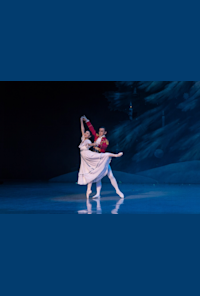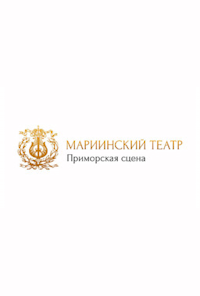

The Nutcracker, op. 71 (Dziadek do orzechów), Tchaikovsky, P. I.
Podziel się
Primorsky Stage of the Mariinsky Theatre (2016/17)
Informacje z organizacji artystycznej (zweryfikowane przez Operabase)
Dziadek do orzechów by Tchaikovsky, P. I., śr 04 sty 2017, od (2016/2017), Dyrygent Alexander Slutskiy, Anton Torbeev, Primorsky Stage of the Mariinsky Theatre, Władywostok, Rosja
Oglądanie obsady i ekipy dla 04 sty 2017
Producent

(2016 wrz 30; paź 01, 20, 21; lis 18, 19; gru 21, 22, 23, 27, 28, 29, 30, 31; 2017 sty 02, 03, 04, 05, 06, 12, 14, 15; lut 24, 25; mar 10; kwi 01)
Dyrygent
Załoga
Choreograf
Scenografia
Kostiumy
Reżyseria światła
Dowiedz się więcej o kompozytorze
Dowiedz się więcej o pracy muzycznej
